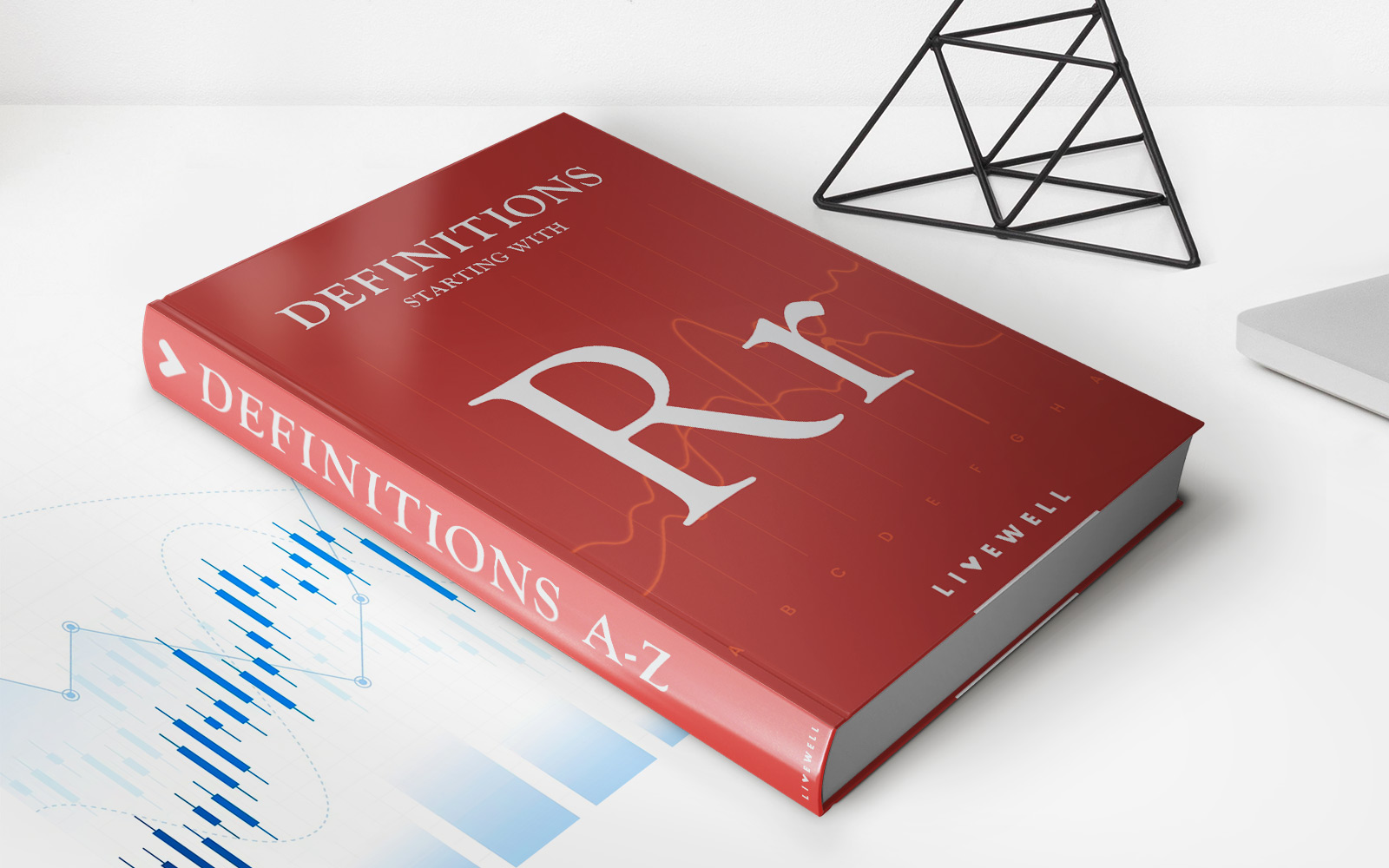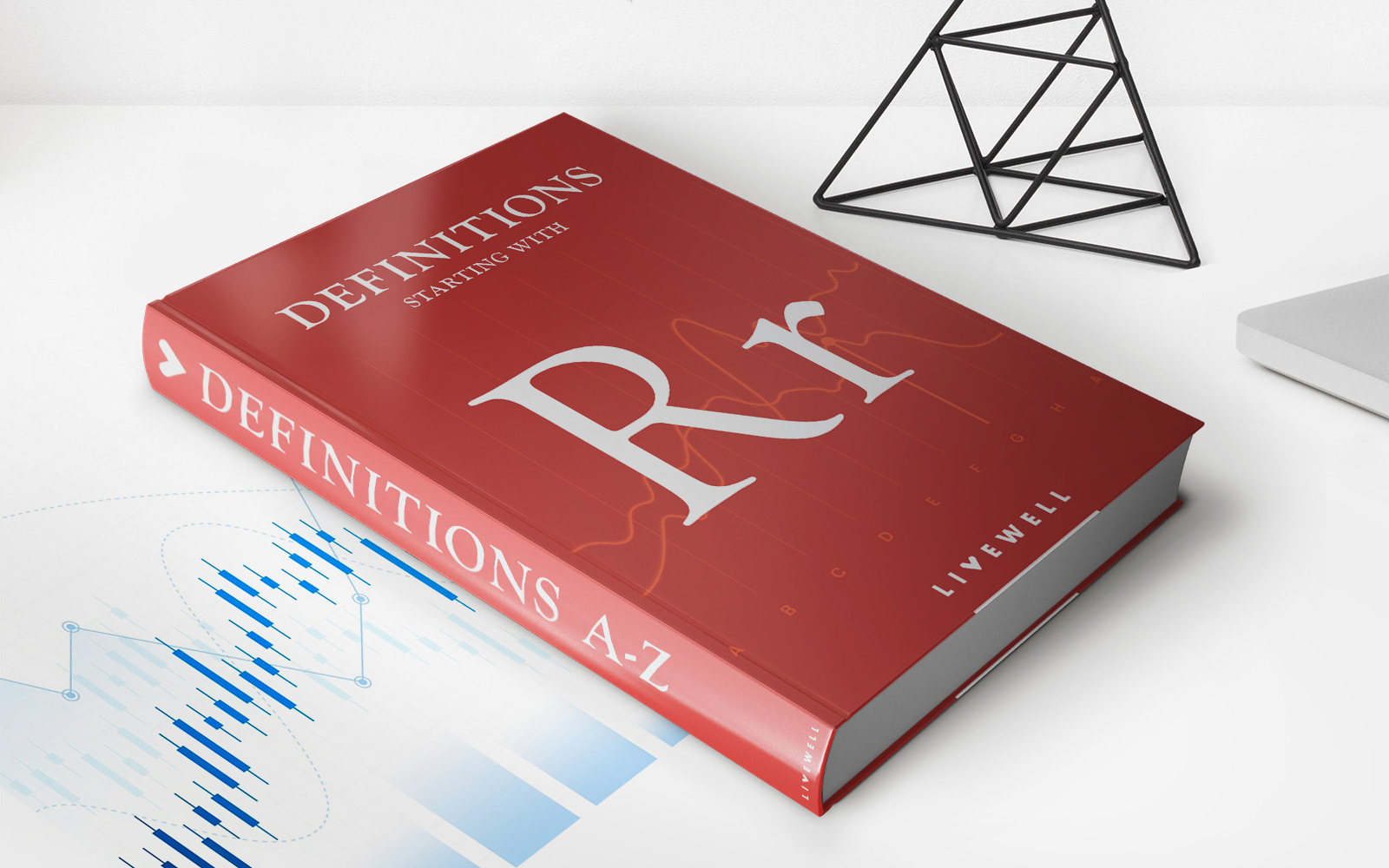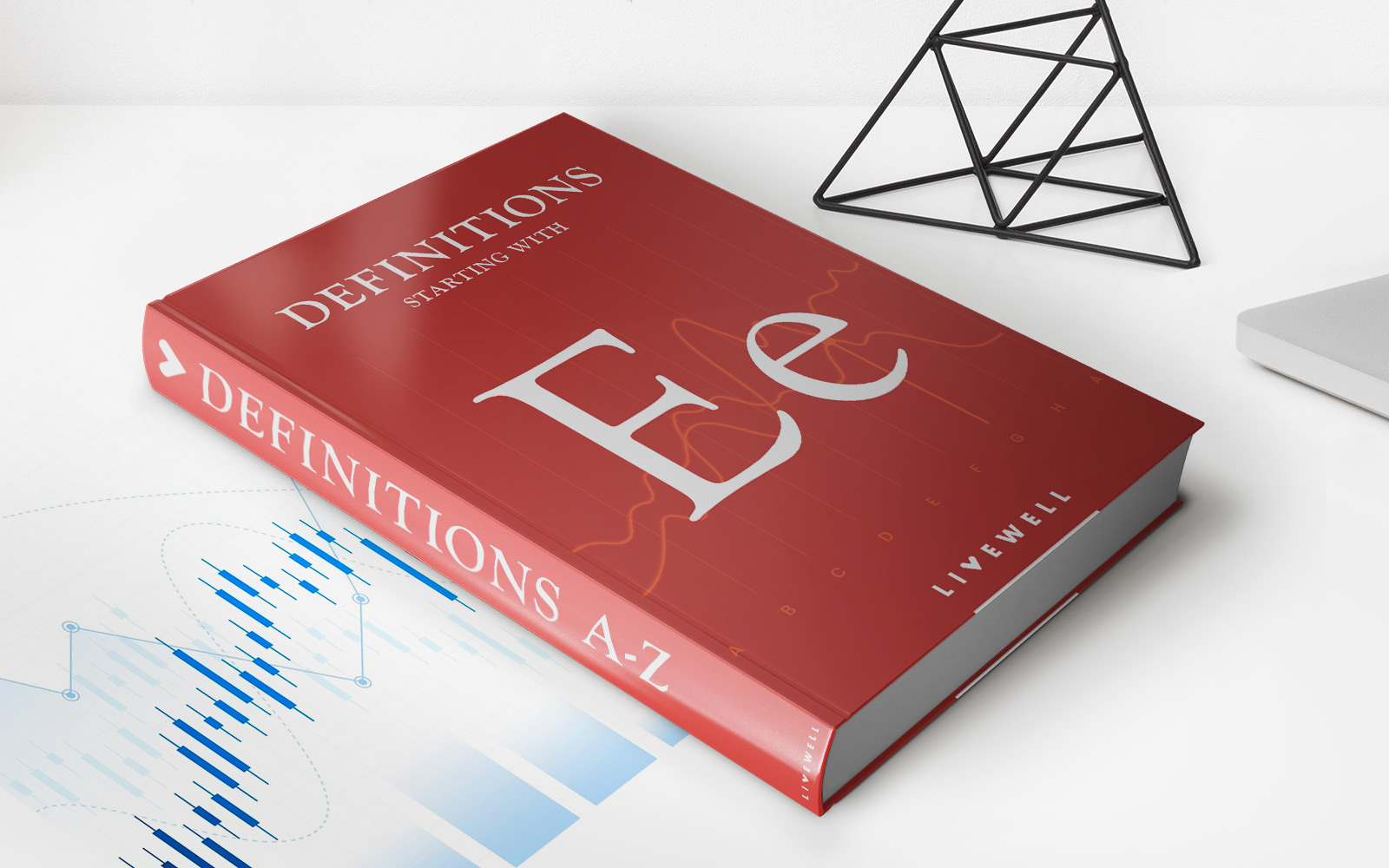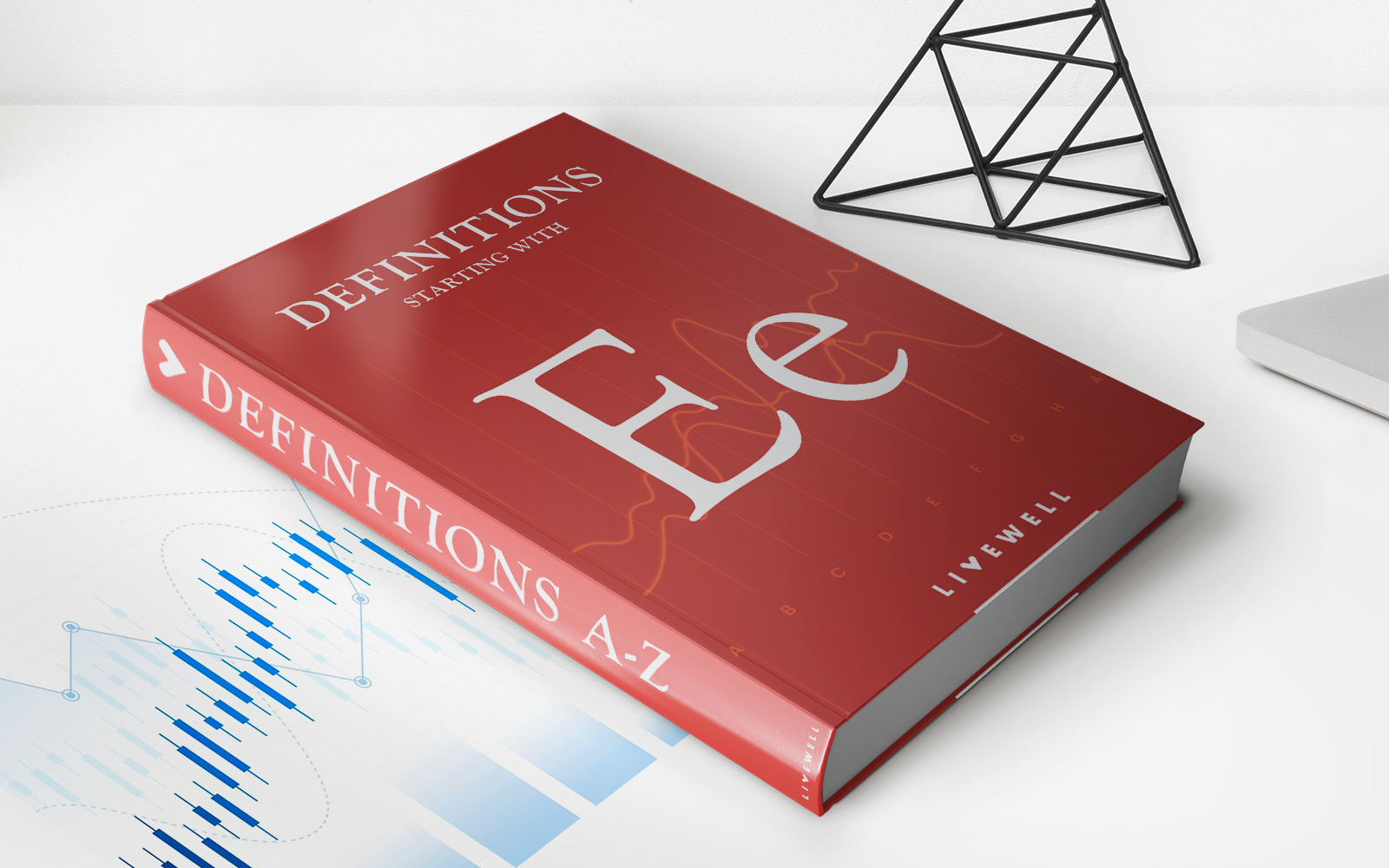

Finance
Yield Equivalence Definition
Published: February 19, 2024
Learn the yield equivalence definition in finance and how it plays a crucial role in assessing investment opportunities. Discover its significance and application today!
(Many of the links in this article redirect to a specific reviewed product. Your purchase of these products through affiliate links helps to generate commission for LiveWell, at no extra cost. Learn more)
The Yield Equivalence Definition: Understanding the True Worth of Investments
When it comes to managing one’s finances, understanding the true value of investments is paramount. This is where the concept of yield equivalence comes into play. But what exactly is yield equivalence, and how can it help you make more informed financial decisions? In this blog post, we’ll delve into the world of yield equivalence and explain its importance in the realm of finance.
Key Takeaways:
- Yield equivalence is a measure that allows investors to compare the returns of different investment options on an equal footing.
- By calculating the yield equivalence, investors can evaluate the relative attractiveness of various investment opportunities.
What is Yield Equivalence?
Yield equivalence refers to a mathematical concept that enables you to compare different investment options in a standardized manner. It allows investors to assess the true worth of investments by considering their expected returns, risk profiles, and durations. By calculating the yield equivalence, you can analyze various investment opportunities and make better decisions based on their relative attractiveness.
How to Calculate Yield Equivalence
Calculating yield equivalence involves a simple formula:
- First, determine the expected yield of an investment option.
- Next, adjust this yield based on the relative risk of the investment compared to a benchmark (such as a risk-free rate of return).
- Finally, factor in the duration of the investment, as longer-term investments may have different risk and return profiles.
Once you have calculated the yield equivalence of different investment options, you can more effectively compare their potential returns, risks, and durations. This allows you to make informed decisions based on the true value that each investment provides.
The Importance of Yield Equivalence
Yield equivalence plays a crucial role in the world of finance for several reasons:
- Accurate Evaluation: By accounting for factors such as risk and time, yield equivalence provides a more accurate evaluation of investment opportunities.
- Comparison Tool: It acts as a powerful tool for comparing different investments on an equal footing, regardless of their nature or duration.
- Understanding Relative Value: Yield equivalence helps investors understand the relative value of investments and make more informed decisions based on their risk-return trade-offs.
Whether you are a seasoned investor or just starting your financial journey, understanding yield equivalence is essential for maximizing your investment potential. By leveraging this concept, you can evaluate investment opportunities with a more comprehensive understanding of their true value.
So, the next time you come across different investment options, consider calculating their yield equivalence to gain a clearer picture of their attractiveness. Remember, informed decisions are the backbone of successful financial management.














